Gardening With Dark Foliage: Learn About Plants With Dark Purple Leaves
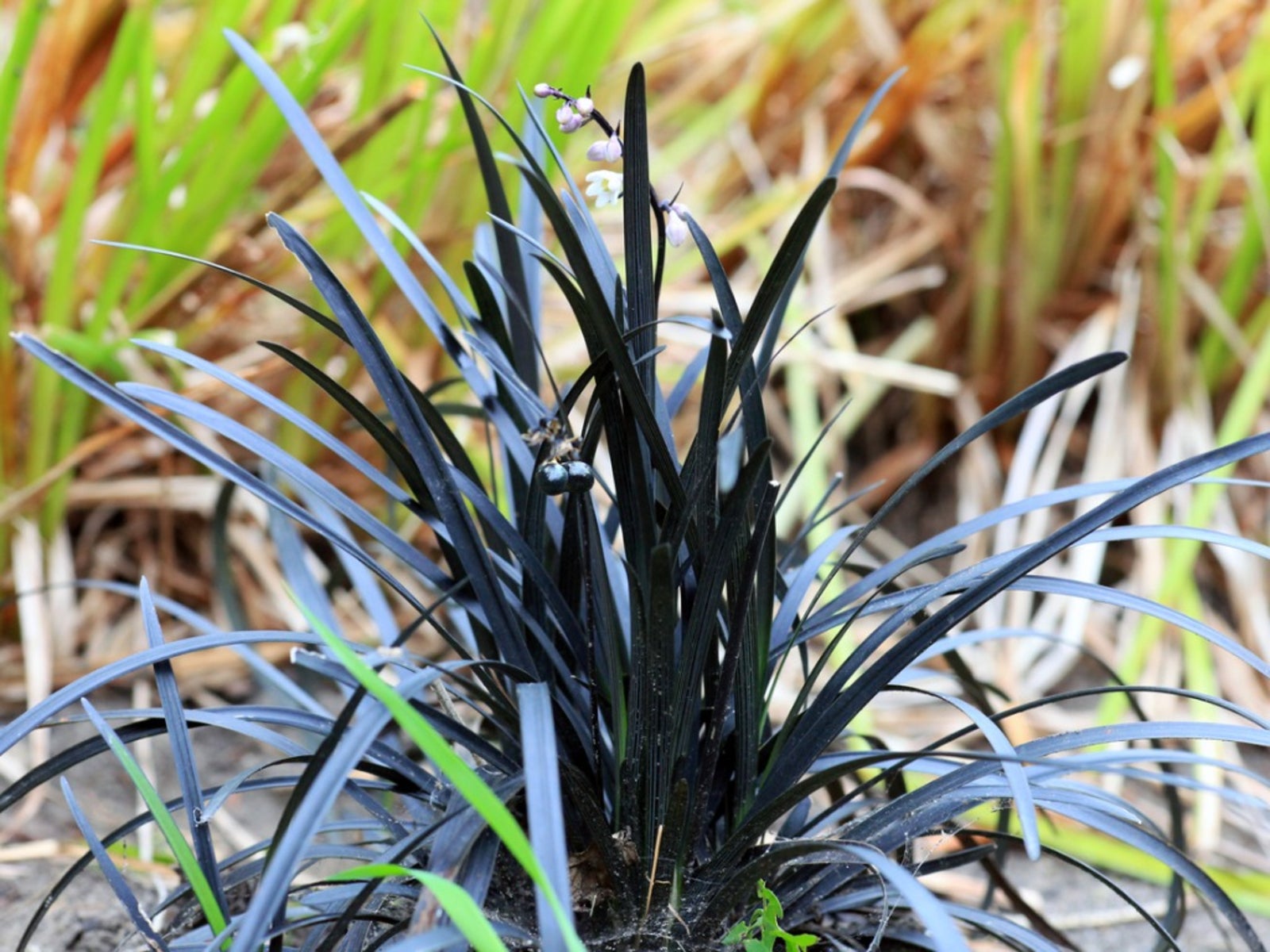

Gardening with dark colors can be an exciting idea for gardeners who want to experiment with something a little different. If learning how to use dark foliage plants piques your interest, you may be surprised at the dazzling array of choices. Read on for a few examples of burgundy foliage plants, black foliage plants and plants with dark purple leaves, and how to use them in the garden.
Black Foliage Plants
Black mondo grass – Black mondo grass produces dense clumps of true black, strappy leaves. Mondo grass works well as a ground cover and is also happy in containers. Suitable for zones 5 through 10. Smoke bush – Purple smoke bush can be trained to a graceful, small tree or it can be trimmed to remain shrub size. The intense purple fades to a brownish hue in late summer and then bursts forth with bright red and orange in autumn. Suitable for zones 4 through 11. Eupatorium – Eupatorium ‘Chocolate,’ also known as snakeroot, is a tall, striking prairie plant with foliage of maroon so intense it appears nearly black. White blooms provide stunning contrast. Suitable for zones 4 through 8. Euphorbia – Euphorbia ‘Black Bird’ boasts velvety leaves that look nearly black when exposed to full sunlight; looks great in borders or grown in containers. Suitable for zones 6 through 9.
Plants with Dark Purple Leaves
Elderberry – Black lace elderberry shows off purplish-black foliage with leaves that resemble Japanese maple. Creamy flowers appear in spring, followed by attractive berries in autumn. Suitable for zones 4 through 7. Colocasia – Colocasia ‘Black Magic,’ also known as elephant ear, displays gigantic clumps of huge, purple-black leaves measuring up to 2 feet long. Suitable for zones 8 through 11. Heuchera – Heuchera is a hardy perennial available in many colors, including varieties with striking dark foliage. For example, take a look at ‘Cajun Fire,’ ‘Dolce Blackcurrent,’ ‘Villosa Binoche’ or ‘Beaujolais’ to name just a few. Suitable for zones 4 through 9. Ornamental sweet potato – Ipomoea batatas ‘Black Heart,’ familiarly known as black sweet potato vine, is a trailing annual plant with purplish-black, heart-shaped leaves. Black sweet potato vine looks great is containers where it can cascade freely over the sides.
Burgundy Foliage Plants
Ajuga – Ajuga reptans ‘Burgundy Glow’ shows off intense color in full sunlight. See also ‘Purple Brocade’ for foliage tinged with purple or ‘Black Scallop’ for intense, purplish-black foliage. Suitable for zones 3 through 9. Canna – Canna ‘Red Wine’ displays deep burgundy foliage with bright red blooms. See also Canna ‘Tropicanna Black,’ with deep purple leaves, and ‘Black Knight,’ with green and black foliage. Suitable for zones 7 through 10, or can be lifted and stored during the winter in colder climates. Pineapple lily – Eucomis ‘Sparkling Burgundy’ is a long lived plant with exotic, tropical-looking foliage. The plant turns deep green when in bloom, then back to deep burgundy as the flowers fade. See also Eucomis ‘Dark Star,’ a deep purple variety. Zones 6 through 9. Aeonium – Aeonium arboretum ‘Zwartkop,’ a succulent plant also known as black rose, produces rosettes of deep maroon/burgundy/black leaves with bright yellow blooms in winter. Suitable for zones 9 through 11.
How to Use Dark Foliage Plants
When it comes to gardening with dark foliage, the key is to keep it simple. Dark foliage plants (as well as black flowers) are striking, but too many can be overwhelming, thus completely defeating your purpose. One dark plant on its own stands out as a focal point in the garden, but you can also combine a few dark plants with bright annuals or perennials to highlight both. Dark foliage plants can really stand out when planted strategically amidst light-colored or silvery foliage plants. Dark plants show up best in full sunlight and tend to blend into the background in shade. However, not all dark plants do well in sunlight. If you want to plant dark plants in a shady spot, consider displaying them with contrasting, white or silvery foliage plants. Keep in mind that most plants with dark foliage aren’t pure black, but they can be such a deep shade of red, purple or maroon that they appear black. However, the depth of the color may vary depending on soil pH, sunlight exposure and other factors. Most importantly, have fun and don’t be afraid to experiment!
Gardening tips, videos, info and more delivered right to your inbox!
Sign up for the Gardening Know How newsletter today and receive a free copy of our e-book "How to Grow Delicious Tomatoes".

A Credentialed Garden Writer, Mary H. Dyer was with Gardening Know How in the very beginning, publishing articles as early as 2007.
-
 8 Noteworthy Native Azaleas Every Gardener Should Know – And Grow!
8 Noteworthy Native Azaleas Every Gardener Should Know – And Grow!Native azaleas offer brilliant blooms in a range of colors and sizes. Here are a few favorites to get inspired and start working on a native shade garden!
-
 Growing Climbing Roses: How To Create Elegant Displays With Maximum Blooms
Growing Climbing Roses: How To Create Elegant Displays With Maximum BloomsMaster the art of growing stunning climbing roses with this essential guide to creating vibrant, fragrant walls and structures all summer long.
-
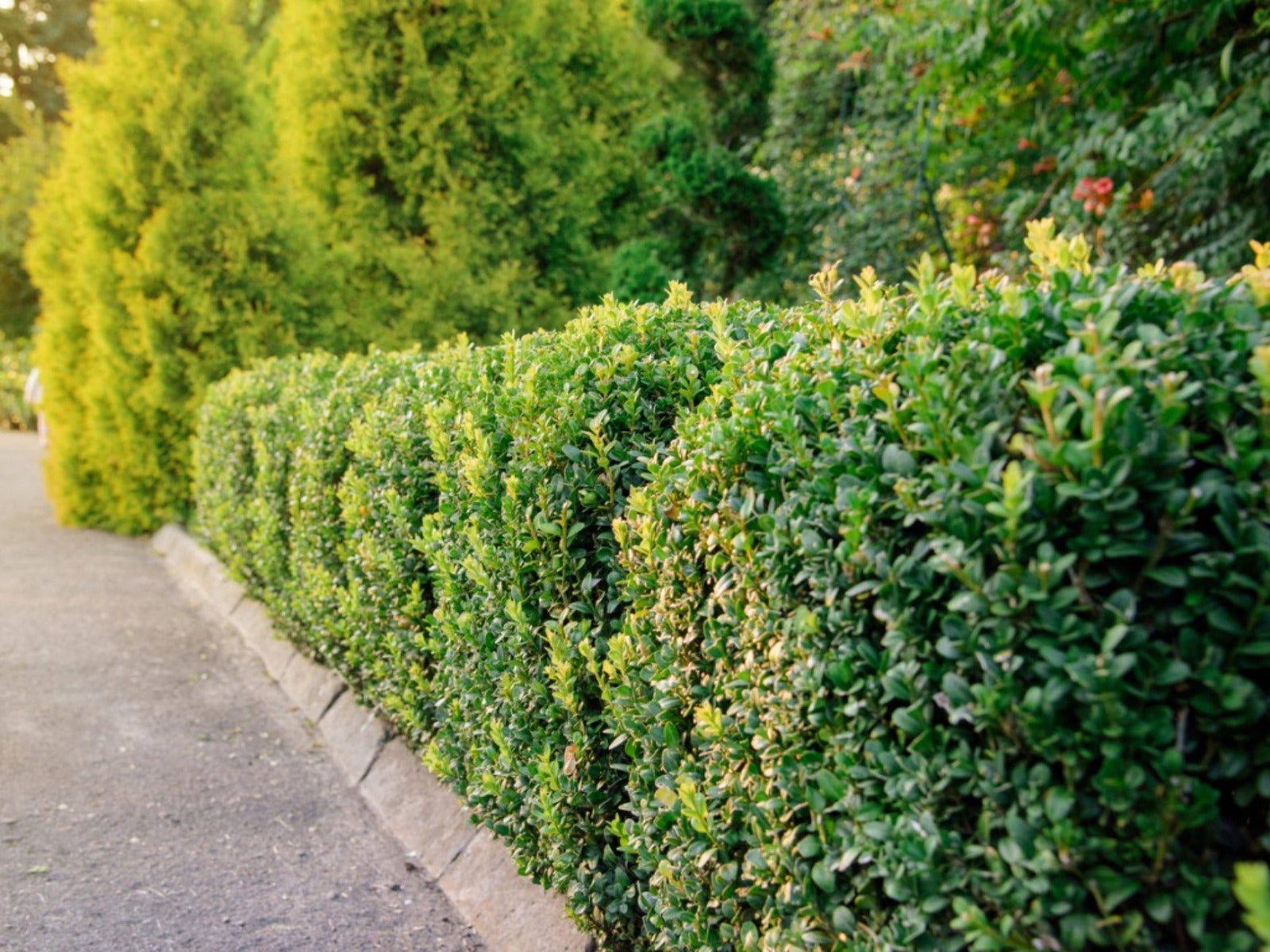 Best Plants For Evergreen Hedges
Best Plants For Evergreen HedgesEvergreens make the perfect hedge for screening, and there are so many to choose from. Read on to learn all about them.
-
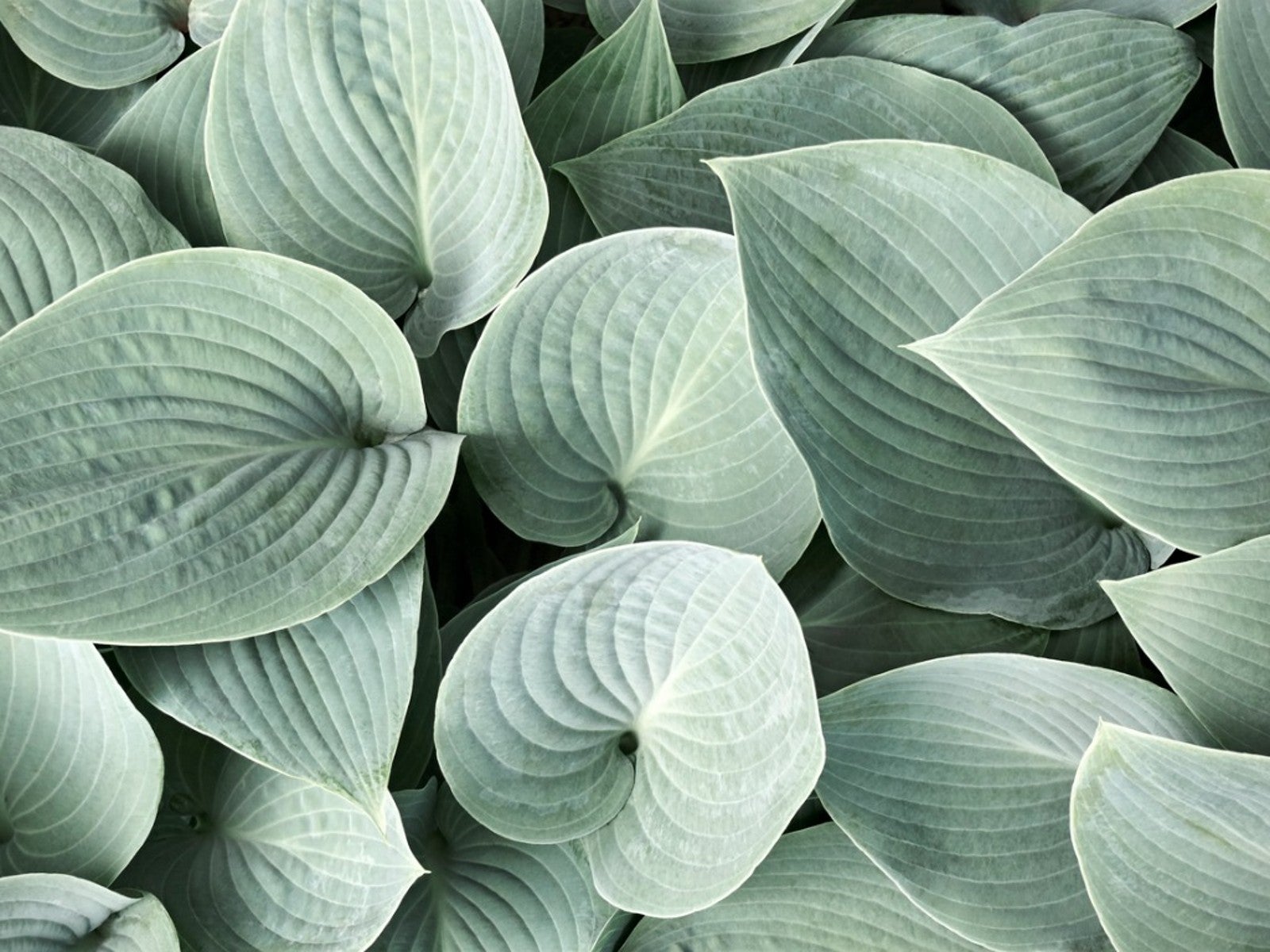 Creating A Pastel Plant Aesthetic With Light Colored Foliage
Creating A Pastel Plant Aesthetic With Light Colored FoliageClick here for ideas on plants with pastel colored foliage.
-
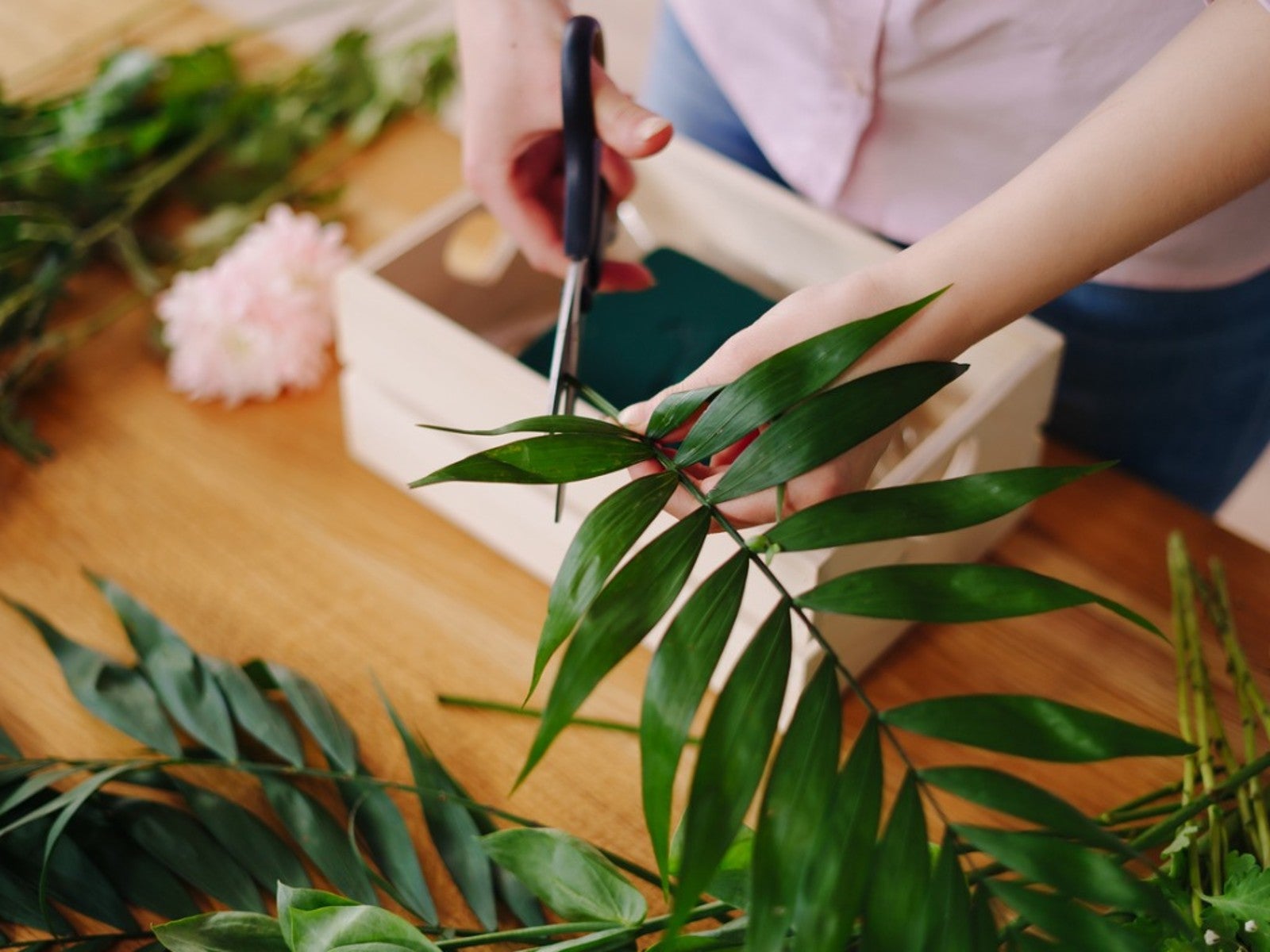 Dark Green Foliage For Flower Arrangements
Dark Green Foliage For Flower ArrangementsThe creation of your own fresh flower arrangement is a fun and exciting garden project. Click here to learn about common foliage options for flower arrangements.
-
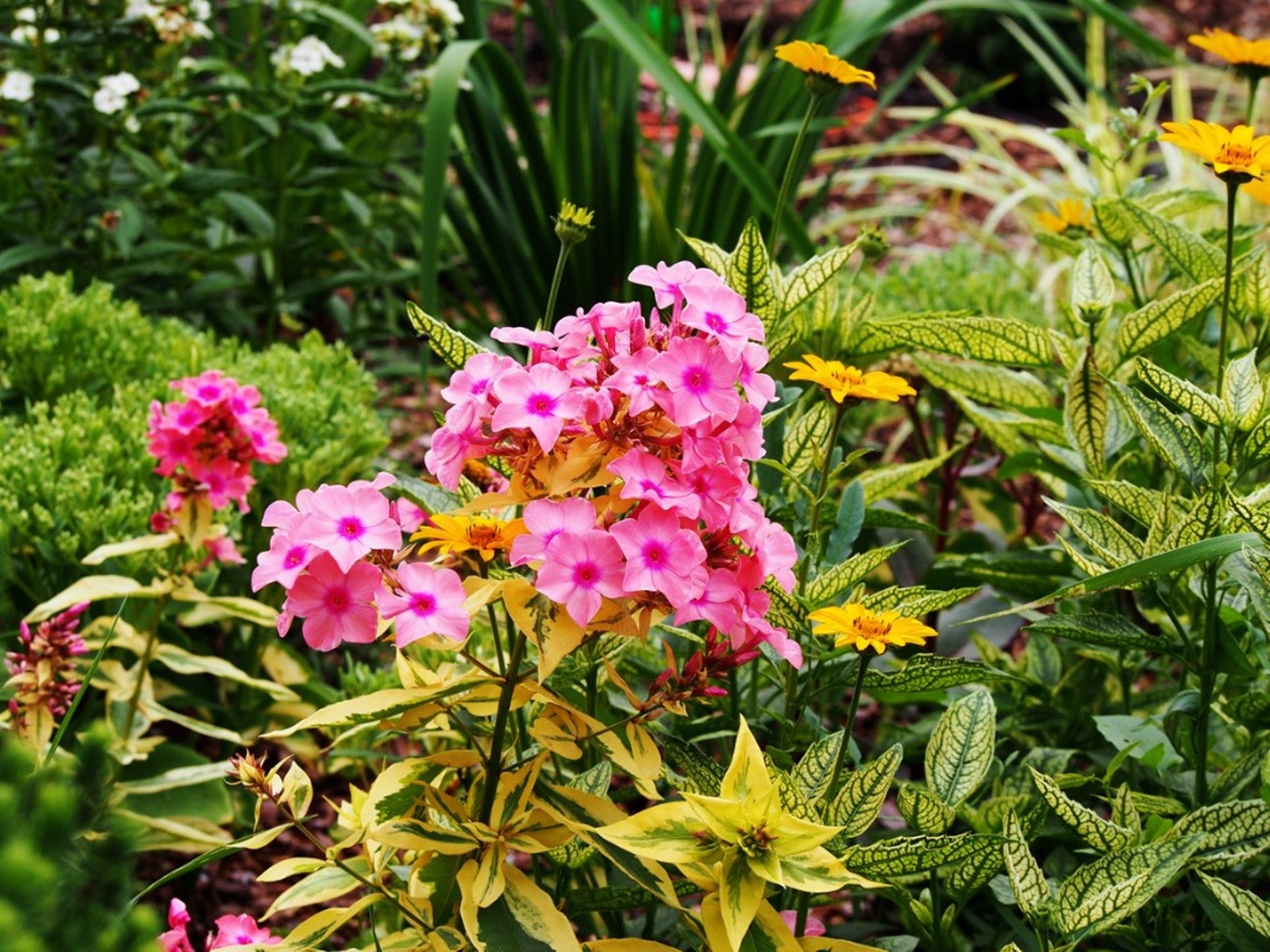 Fabulous Flowering Plants With Variegated Leaves
Fabulous Flowering Plants With Variegated LeavesGardeners often choose variegated leaves when they don't have flowers. But why not have both? These variegated flowering plants do.
-
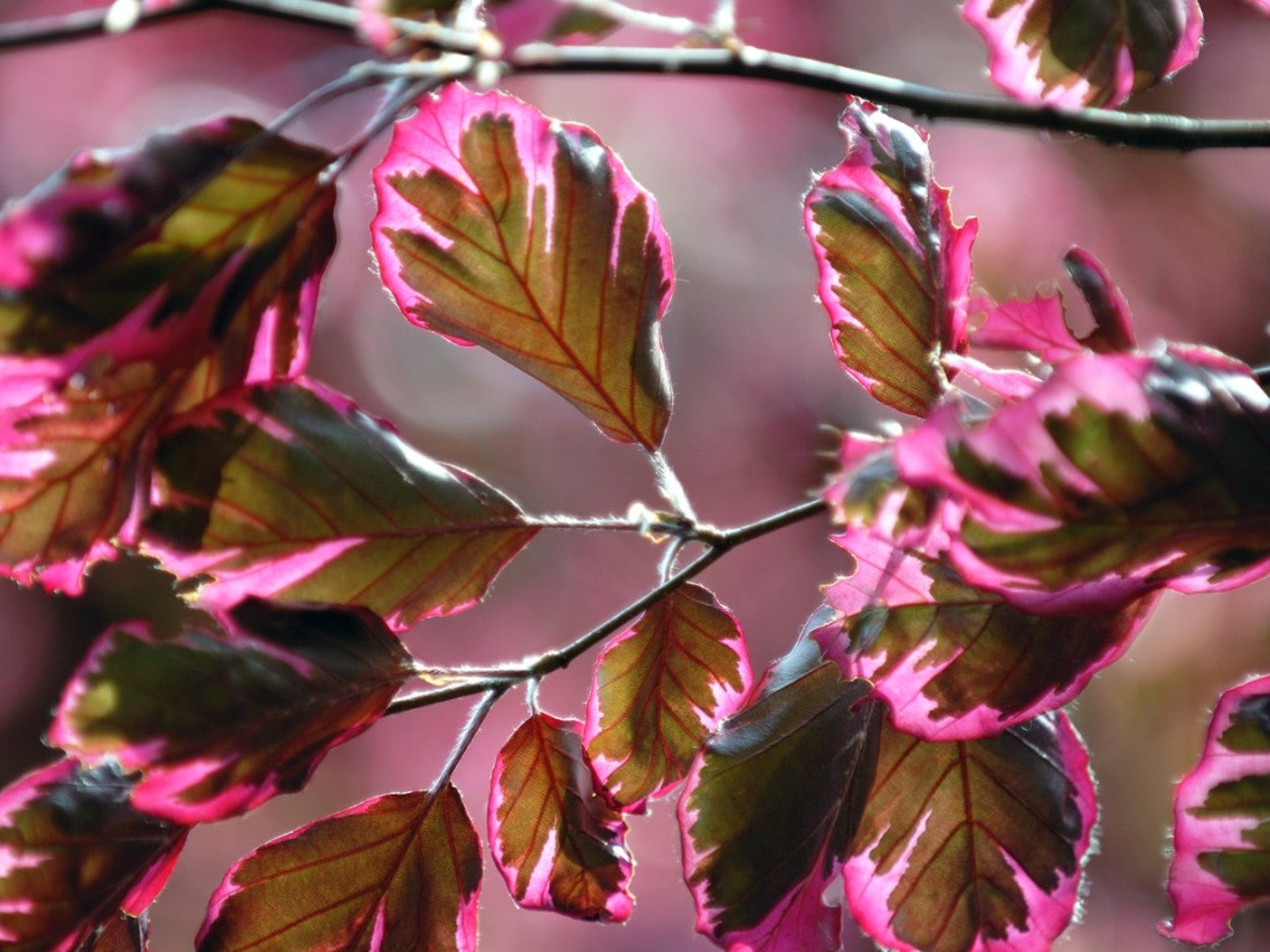 5 Unique Pink Plants - Outdoor Plants With Pink Foliage For The Garden
5 Unique Pink Plants - Outdoor Plants With Pink Foliage For The GardenPink foliage plants are truly unique. They add unexpected, eye-catching color to landscaping and beds. If you’re looking for a plant that has princess-pink leaves, green with pink variegation, or deep rose hues, these five examples will do the trick.
-
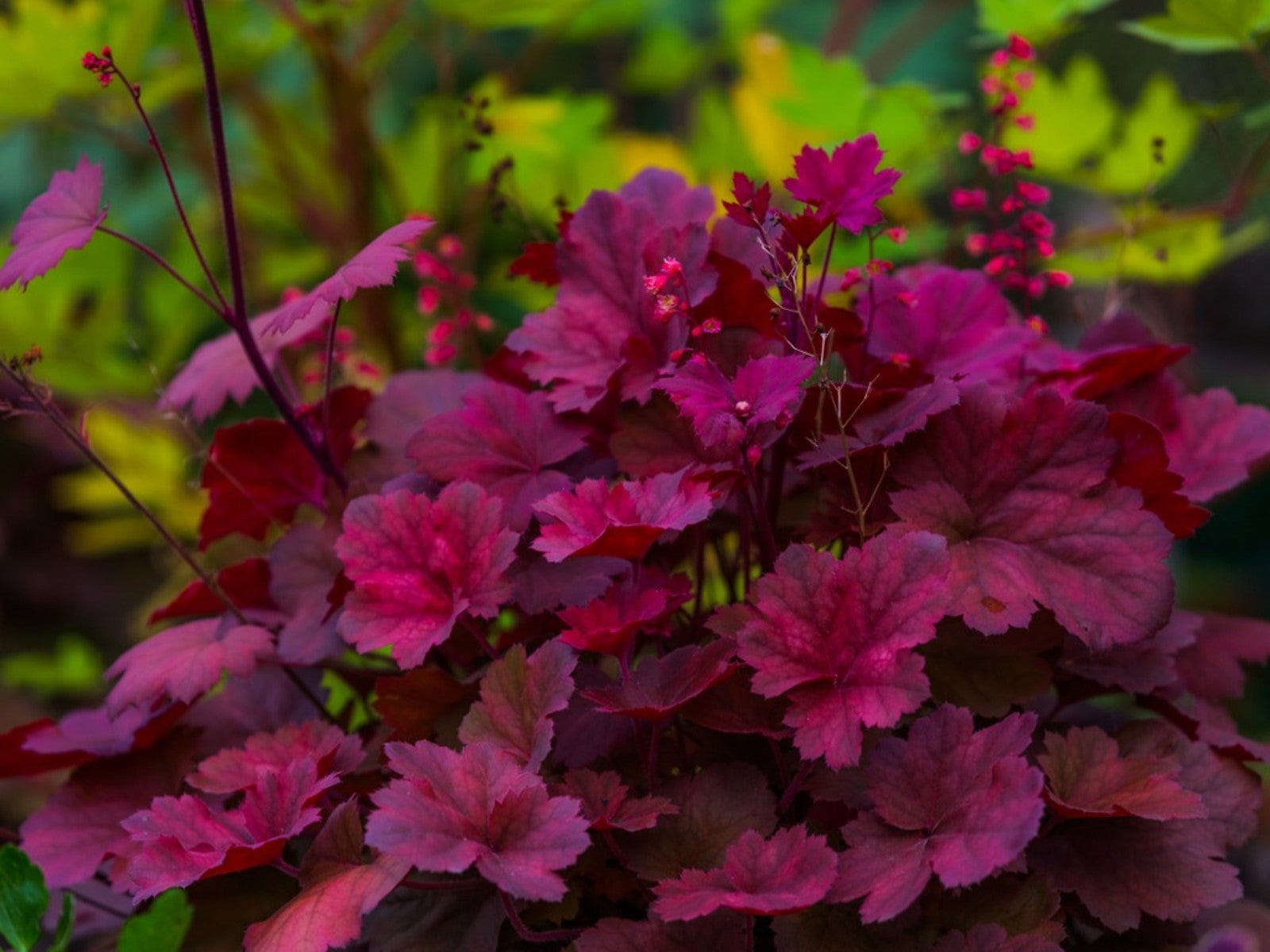 Add A Pop Of Red To Your Garden Bed - 5 Plants With Fabulous Red Foliage
Add A Pop Of Red To Your Garden Bed - 5 Plants With Fabulous Red FoliageThere are plenty of red foliage perennials and shrubs to use as accents or primary pops of color in the garden. Read on for our top 5.
-
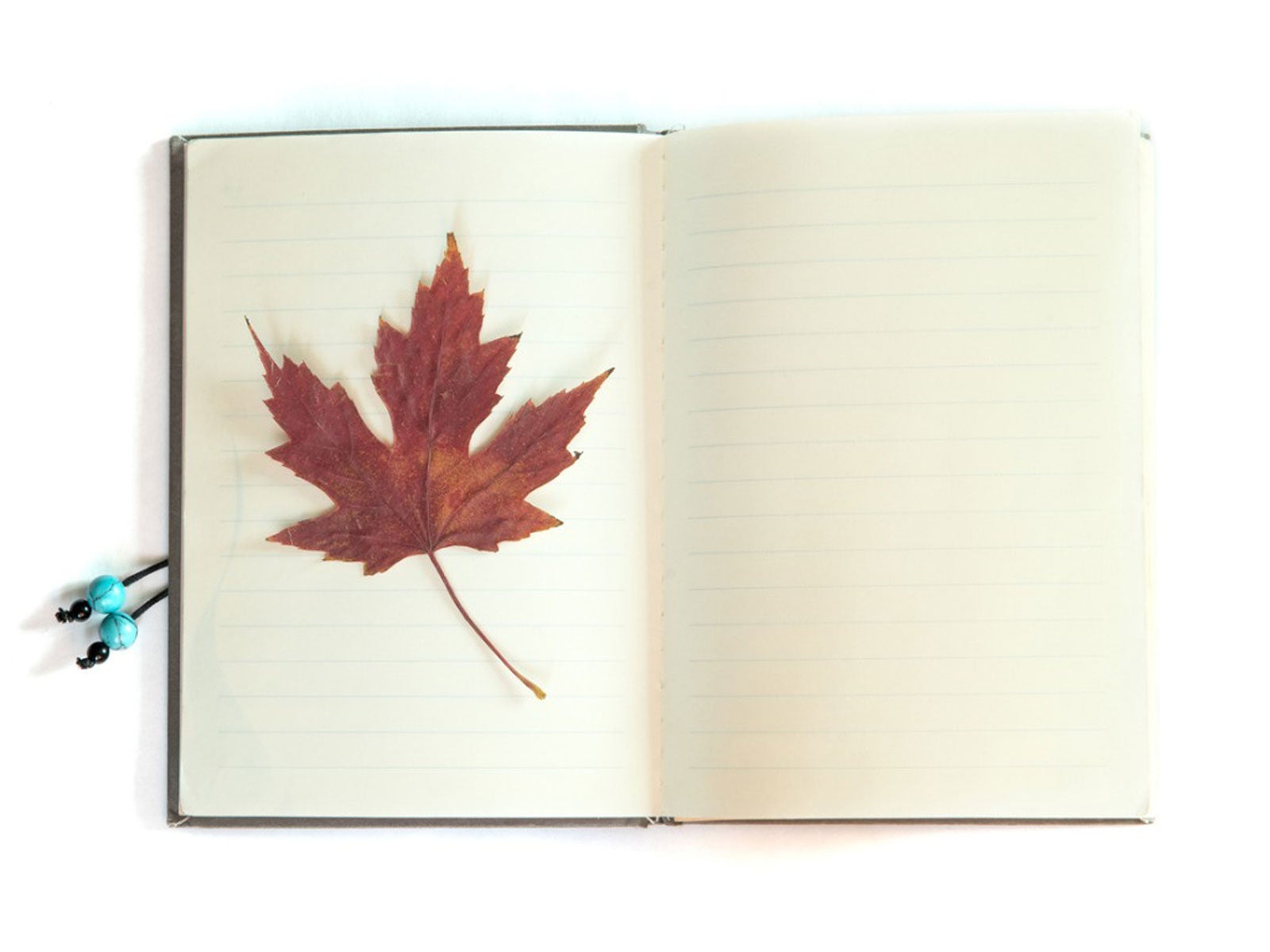 Can You Press Fall Leaves: Methods For Pressing Autumn Leaves
Can You Press Fall Leaves: Methods For Pressing Autumn LeavesPreserving leaves is an old pastime and art. Pressing flowers is more common, but to create spectacular fall displays, try leaves. Get started here.
-
 What Leaves Are Narrow: Learn About Plants With Long, Thin Leaves
What Leaves Are Narrow: Learn About Plants With Long, Thin LeavesIf you’ve ever wondered why some plants have thick, fat leaves and some have leaves that are long and thin, you’re not alone. Scientists have asked these very same questions. So what plant leaves are narrow and what purpose do skinny leaves on plants have? Find out here.